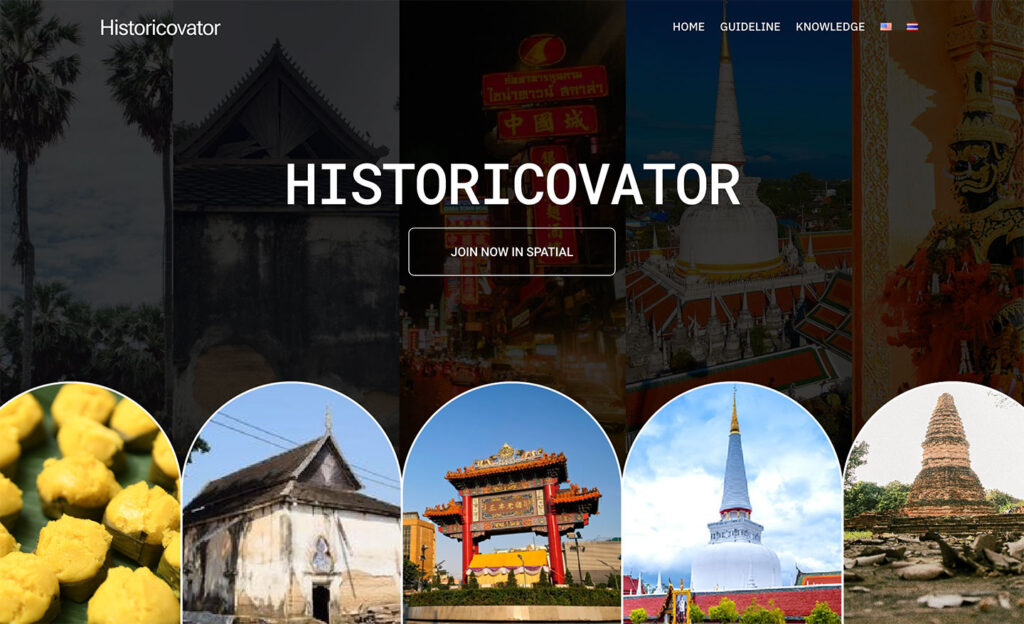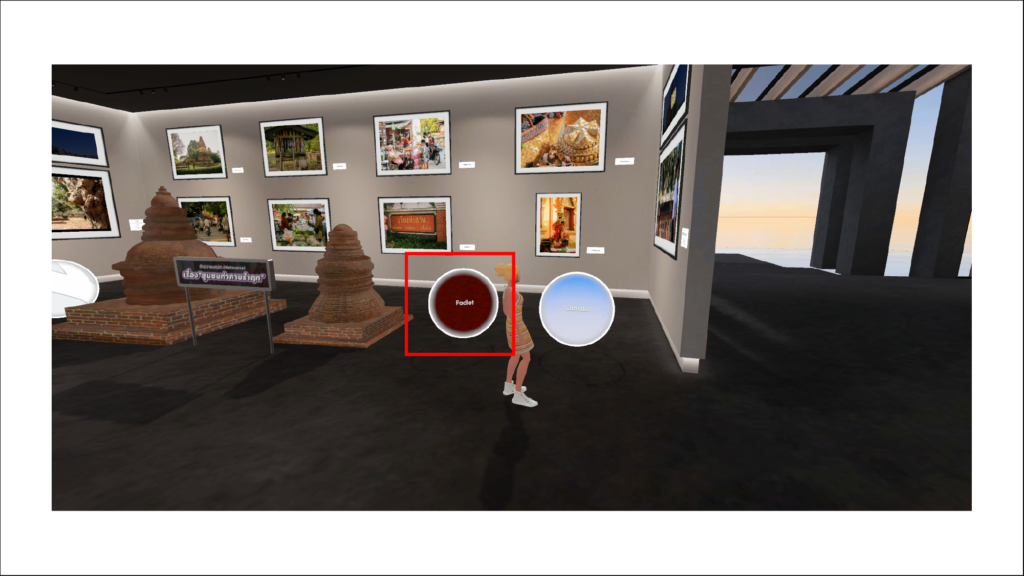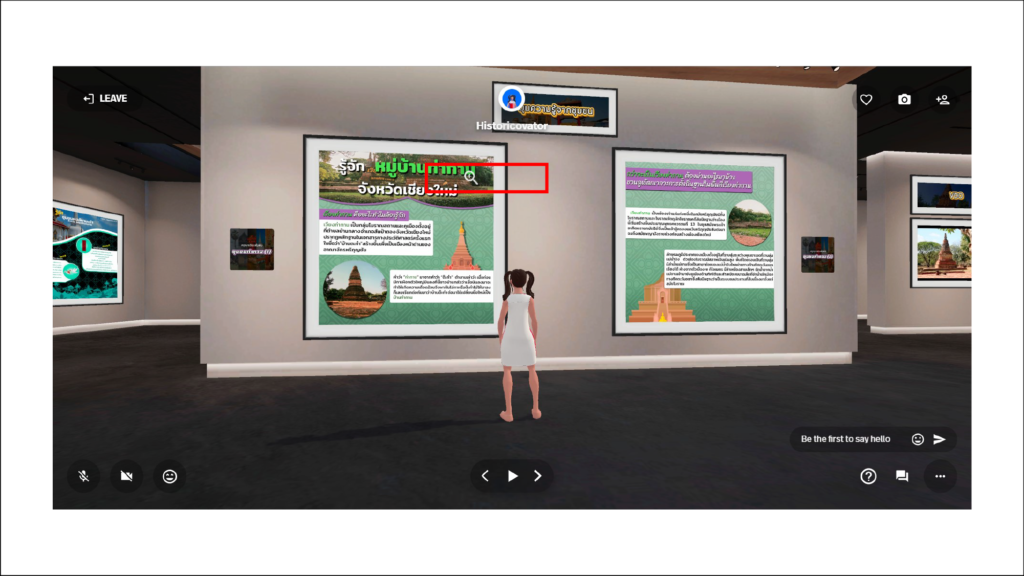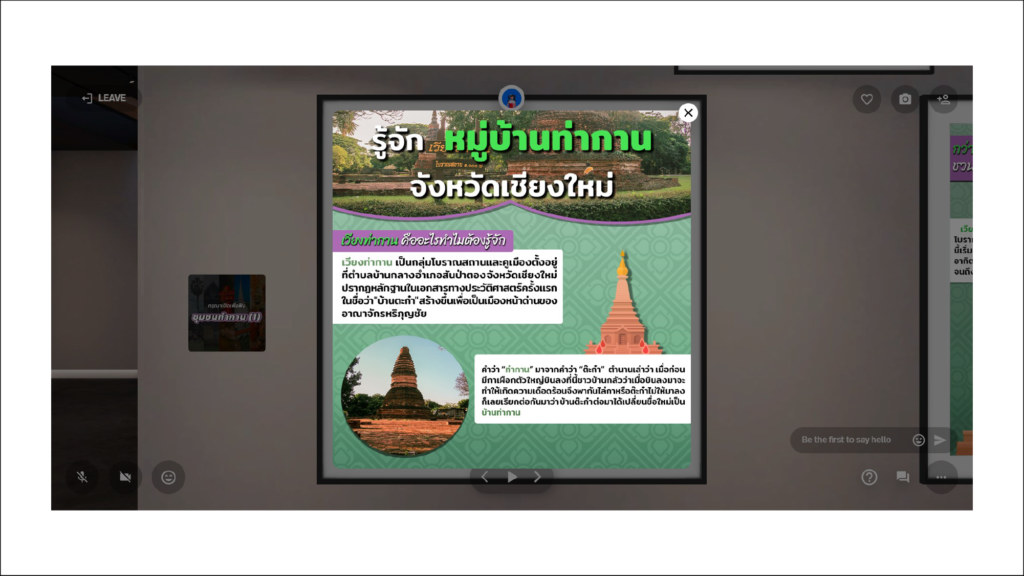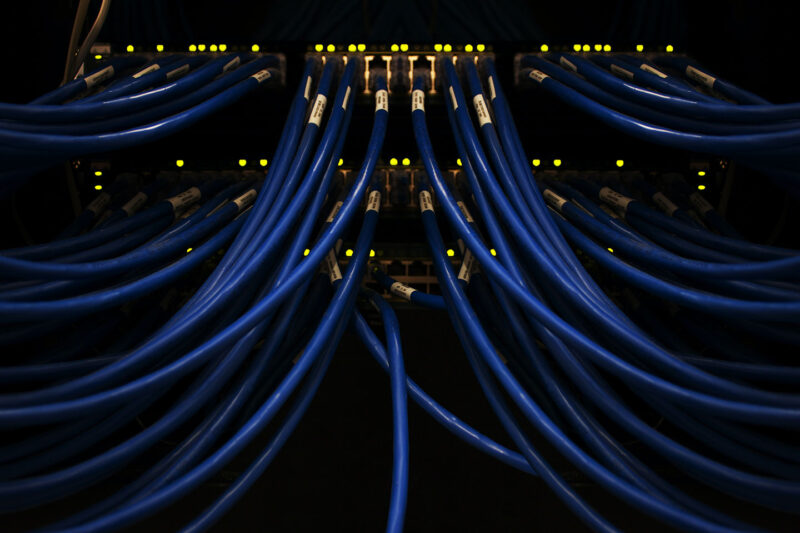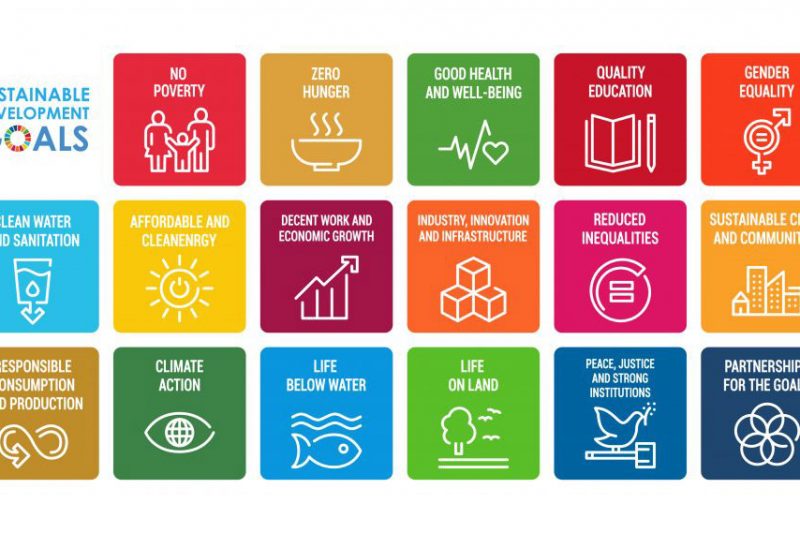Metaverse Historicovator for History Learning Media to Promote Self-Directed Learning in The Bani Era.
“The “Metaverse Historicovator” represents a significant advancement for our current era, where the challenges of a BANI (Brittle, Anxious, Nonlinear, and Incomprehensible) world have led to learning loss and emotional difficulties among learners, including anxiety, depression, and disorientation. The “Metaverse Historicovator” was created through self-learning processes and tested with two groups: 220 students from 13 faculties at Chulalongkorn University, and 225 teachers from 10 secondary schools across Thailand. The results showed that both teachers and students expressed a high level of satisfaction with this historical innovation. By utilizing the “Metaverse Historicovator,” which effectively integrates knowledge, curiosity, and entertainment, both teachers and students were able to study independently while also alleviating some of the negative emotional impacts associated with the challenges of the BANI world. This historical learning tool serves as a bridge between the real and virtual worlds, enhancing the educational experience.”
In the 21st century, it is essential for educators to equip students with crucial skills, especially in effectively using technology and understanding its impact on education. Technology integration into teaching has become increasingly important as we confront the challenges presented by emerging infectious diseases and changing global circumstances. To thrive in this “new normal” characterized by a VUCA (Volatile, Uncertain, Complex, Ambiguous) world, it is crucial to prepare students accordingly. In this context, “volatility” refers to the rapid and unpredictable changes we encounter in our surroundings. Let’s delve into the concept of disruptive innovation, which encompasses new ideas or methods that often arise from smaller groups. These innovations usually leverage accessible technology and digital tools that do not require excessive sophistication. Typically low-cost, such innovations have the potential to challenge and reshape existing organizations and systems. Moreover, uncertainty can stem from a lack of information, while complexity involves interrelated issues that can create ripple effects within an organization. Each organization has its own unique set of factors that influence how these dynamics manifest. It’s important to recognize that such challenges can trigger a domino effect. Effective problem management requires clear strategies aligned with the organization’s vision. Conversely, ambiguity—stemming from a lack of clarity—and miscommunication arising from disconnecting from reality can cause confusion, obstructing effective resolution.
The difficulties of adapting to this new way of life, often referred to as the VUCA world, have spurred the emergence of the BANI world. Coined by writer Jamais Cascio in 2020, “BANI” highlights four key concepts: brittle (fragile), anxious (anxiety), nonlinear (nonlinear), and incomprehensible (irrational or difficult to understand). In history education today, many teachers tend to prioritize traditional lectures over fostering critical thinking skills, leading to student disengagement and boredom. This problem is exacerbated by tight budgets. To tackle this challenge, this article introduces new historical learning resources developed by the author during a research project. The project’s aim is to cultivate a community of inquiry grounded in historical methods, inspiring individuals who are advancing historical studies in the digital age. The author utilizes virtual reality (VR) and artificial intelligence (AI) technologies to bridge the gap between the real and virtual worlds, a concept referred to as the “metaverse.” This approach enables both learners and educators to navigate the future of history education, encouraging self-directed learning opportunities. The instructor has designed a teaching method that fosters self-directed learning, allowing students to actively engage with historical content. By reflecting on the past, students can immerse themselves in a virtual world connected to primary historical sources at actual locations. This method brings to life stories from real places, offering insights from local experts.
The instructor refers to this innovative approach as “historicovator,” a fusion of the words “history” and “innovator.” At its heart, authentic academic history relies on real evidence and strives for objectivity. It is essential to examine past events with honesty and an open mind, creating a supportive environment for academic inquiry and discussion.
By Faculty of Education, Chulalongkorn University
Others

